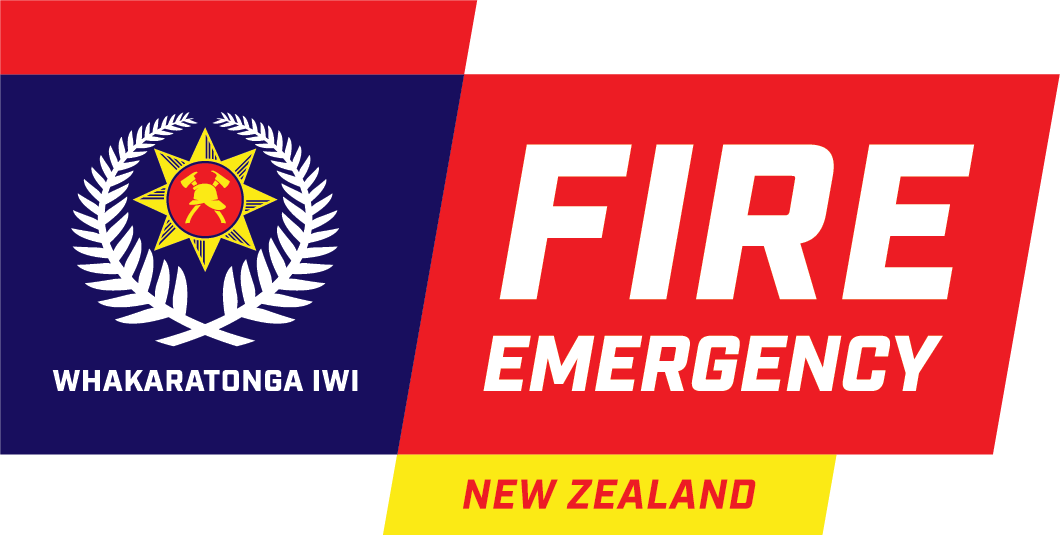Mental Health Awareness Week 2021 round-up
Joining the conversation
Brendan Nally and Kerry Gregory, alongside a panel of experts, hosted two live video conferences to discuss the psychological demands our people face, advice on what to look out for and the support available for you.
You can catch up on these below:
12pm video conference
6.30pm video conference
Click here for Kitty Marshall's (Vitae Trauma Counsellor) PowerPoint [PPTX, 13 MB]
Click here for Dr Erin Eggleston's (Psychologist) PowerPoint [PPTX, 3.6 MB]
Q&As from our video conferences that we didn't get around to answering:
Q: Kia ora koutou, he patai: What are some protective factors when there is a "Big T" and the process is still being worked through and there are cummilitave "Small T" that are exacerbated? Nui te mihi
A: Kitty Marshall, Vitae Trauma Counsellor, said:
Somewhere to live, something to do, someone (or something) to love…springs to mind.
Some of the protective (and potential restorative) factors for ‘big T’ trauma are similar to the ones we associate with resilience (even though that term is a bit over-used and misunderstood these days), and ‘survivor’ characteristics:
- Capacity to find meaning in, and make sense of the experience (check out some of Victor Frankl’s writing on his Auschwitz experience)
- Sense of humour (or ability to see the absurd in any circumstance) – I think this is more about the ability to shift your view on something, rather than necessarily finding it funny
- Having strong connections to people, things, places that are important to you
- Access to support and other resources that you can/want to use
- Previous experience of adversity that you’ve been able to learn to get through/overcome (or learn to live with) in various ways
Having said that, we’ve all got potential to be overwhelmed by the magnitude of an event and its effects, or the gradual build-up of events – so the things we’d usually do to manage don’t work so well.
If you’re trying to deal with the double-whammy of big T and ongoing small t life events and circumstances, it’s really important to find a way both to sort those through (they all tend to join up), and to regulate a range of things in your life so you’ve got the energy to do the work when you’re ready.
This might include things like:
- Re-establish or develop your connectedness to the world – things, people, places that mean something to you…get your hands in the soil, your feet in the sand, swim, breathe, take time to stop and notice the little things
- Things that Erin talked about – e.g. having a routine, get your body moving, get out in nature…
- Self-awareness – a bit the same as connection – learn to recognise your own signals about how you are – thoughts, feelings, how your body feels – and try to get in early to decrease any anxiety, fear, anger, tension, numbness – learn some strategies for these (which might mean unlearning previous habits). Get someone you trust to let you know if they notice something that’s a signal.
- Find someone to talk it through with who can just listen to where you’re at and recognise the impact of what’s happened, without jumping in straight away with solutions…so you can start to untangle the bits that have got fused together – separate them – think about what they meant - add some new information – reassemble them, so you can lay the memories down in a more complete way for the future. It’s really important in this process to go back and get things in sequence. Sometimes you need to sort out some strategies first to manage some of the feelings and bodily sensations that this might give rise to – especially if you’ve got some of the more serious effects of traumatic experience (flashbacks, avoidance, nightmares…).
It’s different for everyone – but talking about it with the right people is a good place to start, alongside giving yourself some space to process things alone…it’s a bit twee, but walking on the beach, and some of the more mindless rhythmic or reflective activities can be good for this – cleaning, vacuuming, fishing, gardening…
Q: How many K41 and K13 are recieved?
A: These two K-Codes are used by Operations. K41 is a fatality and K13 means the Officer or one of the crew have identified something about the incident that might have, or has had, a wellbeing implication. Potentially that means someone may need some non-urgent wellbeing support. In the six months from 1 April 2021 to 30 September 2021, we recorded:
- 1633 K41 fatal incidents
- 564 K13 traumatic incident
- including 428 incidents flagged with both.
The M.A.N.E.R.S Model
Welaunched a new module on the learning station, the M.A.N.E.R.S model. This includes information on the psychological first aid model and videos on how it has been implemented by our people to support their wellbeing in various situations. By completing the module you’ll learn about the M.A.N.E.R.S model, how it’s used and how it benefits you or someone else experiencing a traumatic incident.
You can complete the module on the learning station now(external link).
